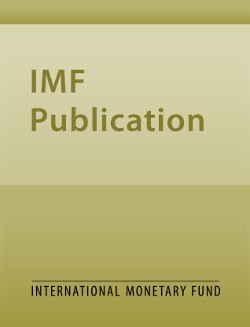
The Impact of Reduced Commuting on Labor Supply and Household Welfare: A Post-Pandemic Analysis
The Impact of Reduced Commuting on Labor Supply and Household Welfare: A Post-Pandemic Analysis
READ MORE...
Volume/Issue:
Volume 2024
Issue 094
Publication date: May 2024
ISBN: 9798400274503
$20.00
Add to Cart by clicking price of the language and format you'd like to purchase
Available Languages and Formats
| English |
Prices in red indicate formats that are not yet available but are forthcoming.
Topics covered in this book
This title contains information about the following subjects.
Click on a subject if you would like to see other titles with the same subjects.
Economics- Macroeconomics , Economics / General , Commuting time , Working from home , Labor Supply , Welfare Gains
Also of interest
Summary
This paper examines the impact of changes in commuting time on welfare and labor supply in the aftermath of the COVID-19 pandemic. Utilizing data from the American Time Use Survey, we observe a shift in commuting time and working hours across occupations with varying ability of telework after the pandemic. We develop a household model of labor supply that accounts for commuting time, and we characterize how changes in commuting time impact individuals' and spouses' labor supply. We calibrate the model to the data. Our findings reveal that the observed post-pandemic decline in commuting time yields significant welfare gains: between 1.5 to 4.5 percent of consumption equivalents for households where at least one spouse experiences reduced commuting.
Copyright © 2010 - 2025
Powered by:
AIDC



